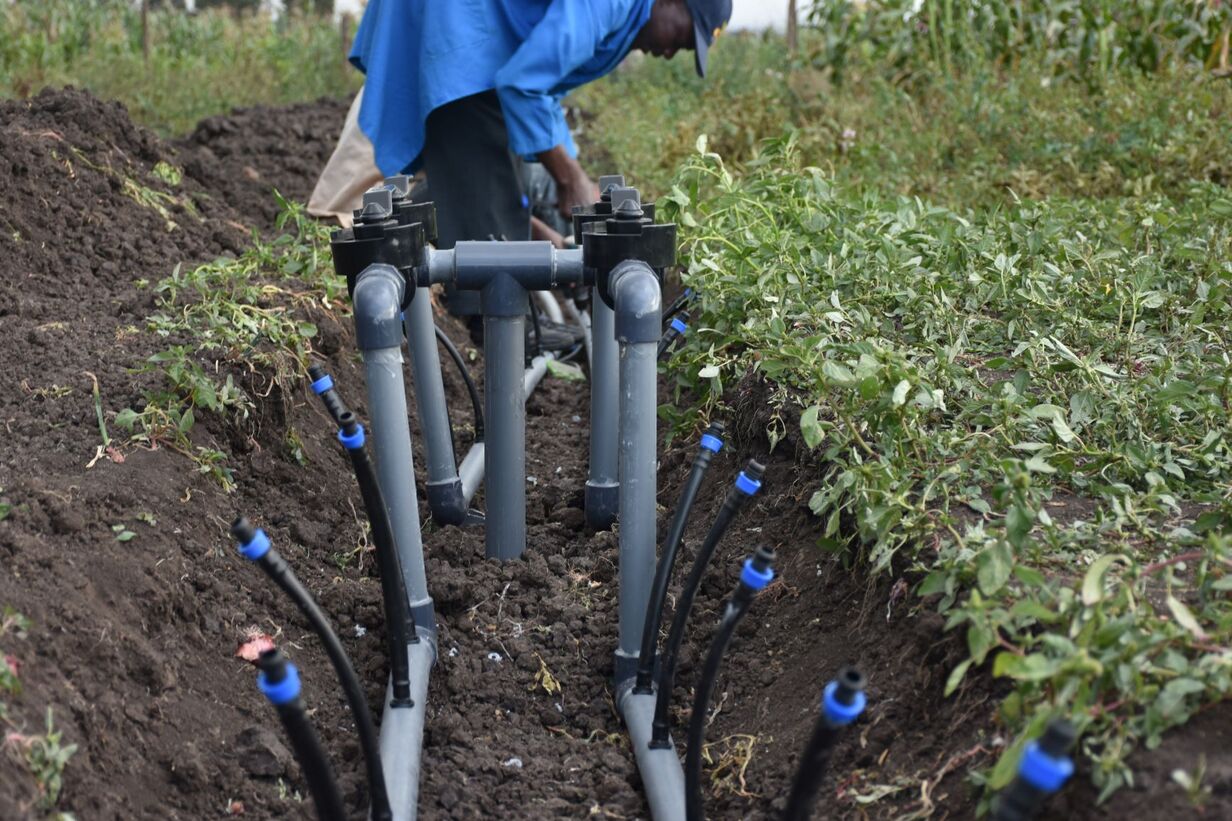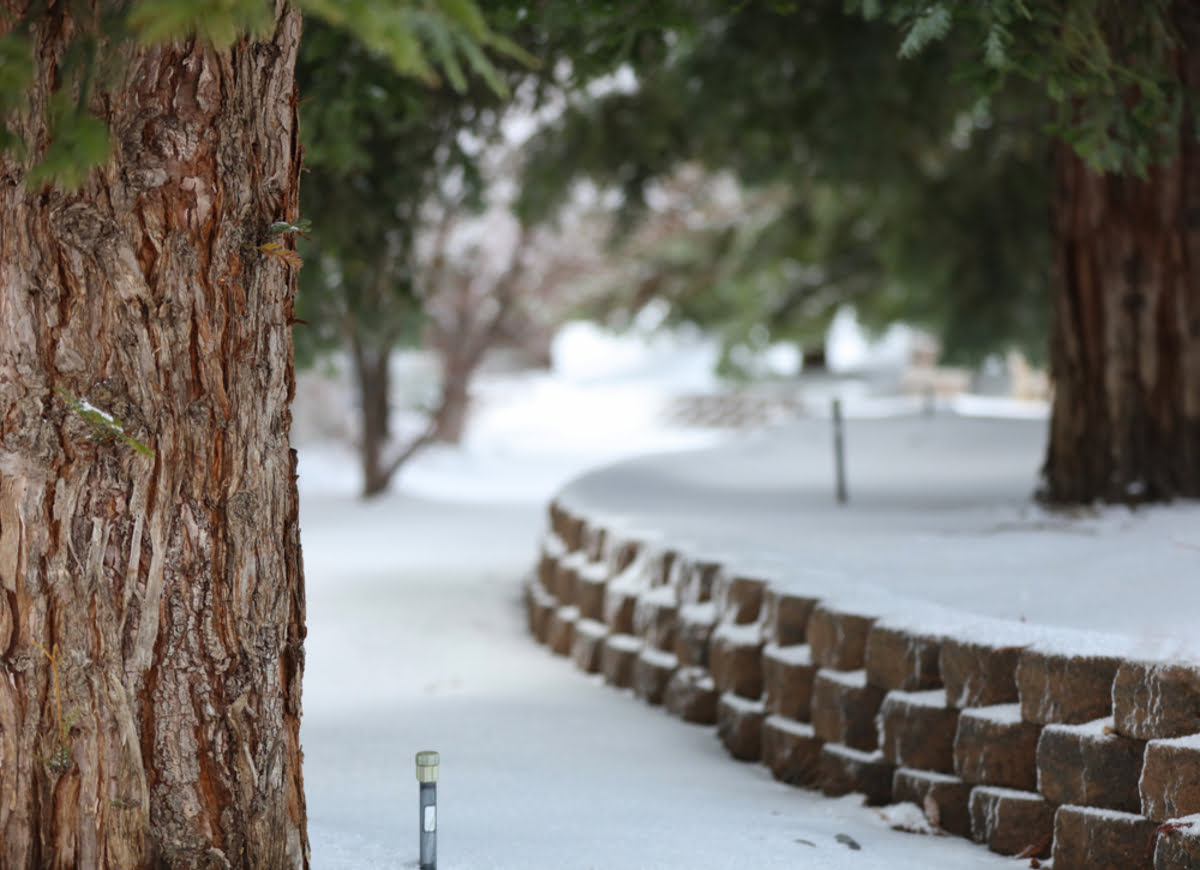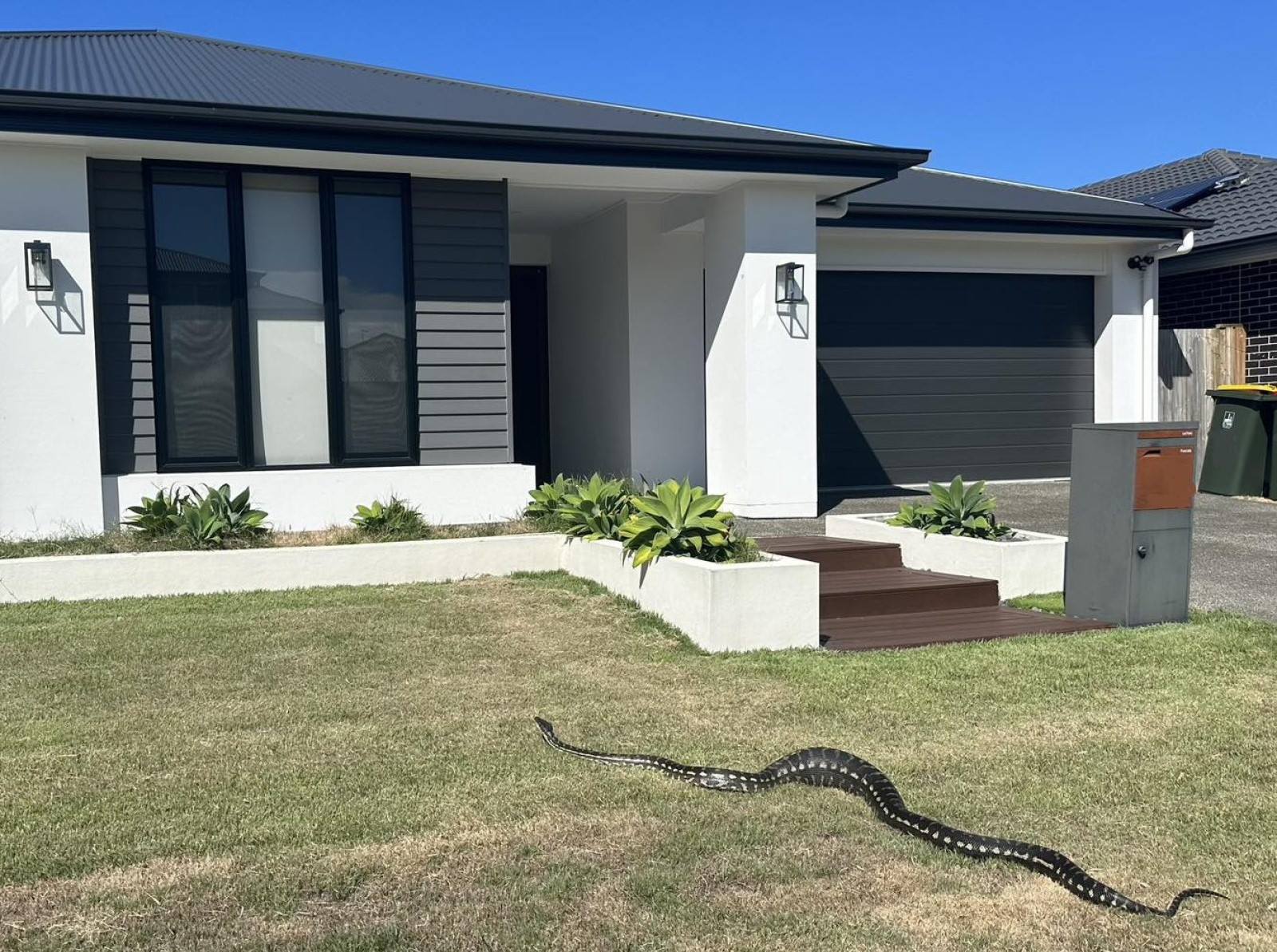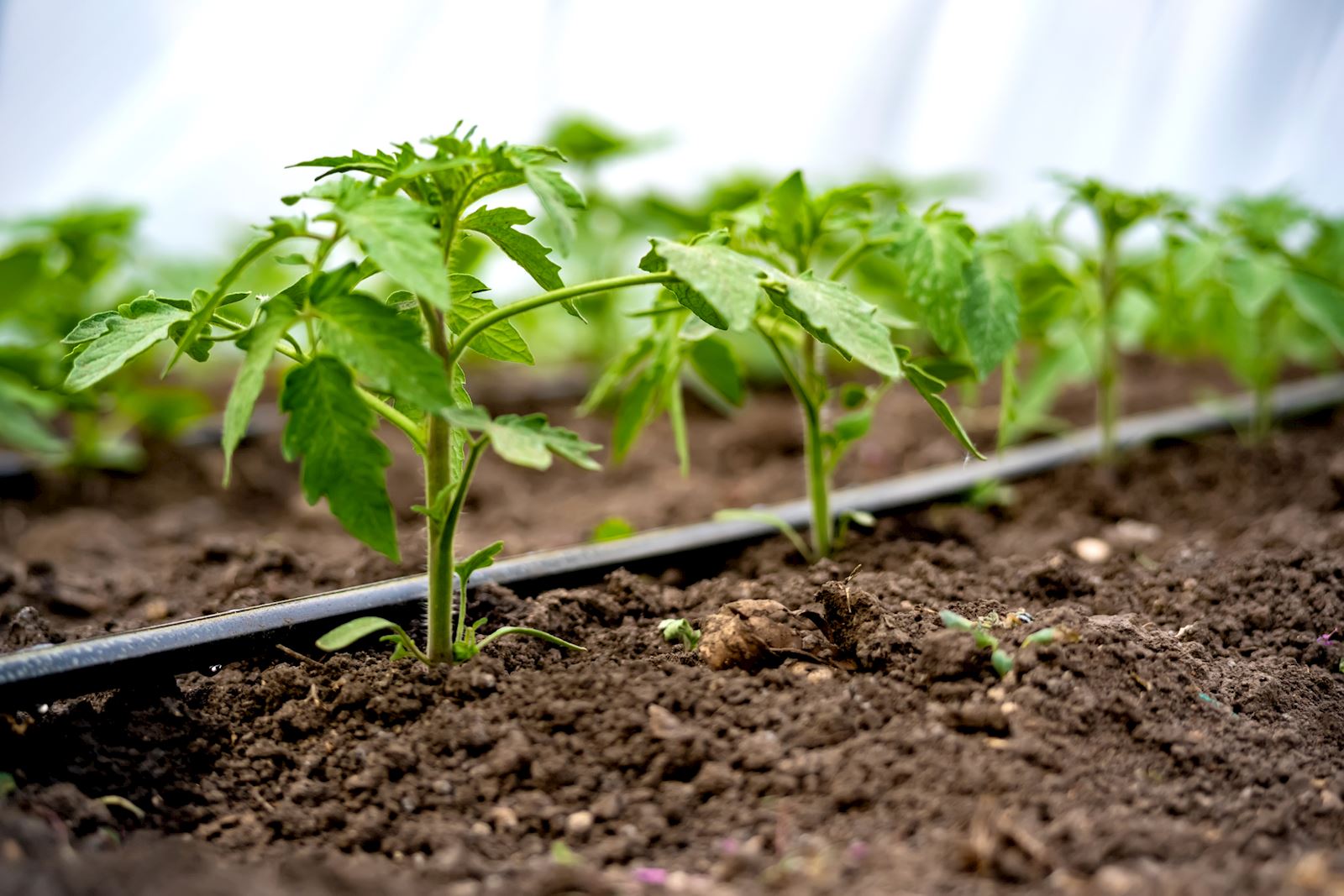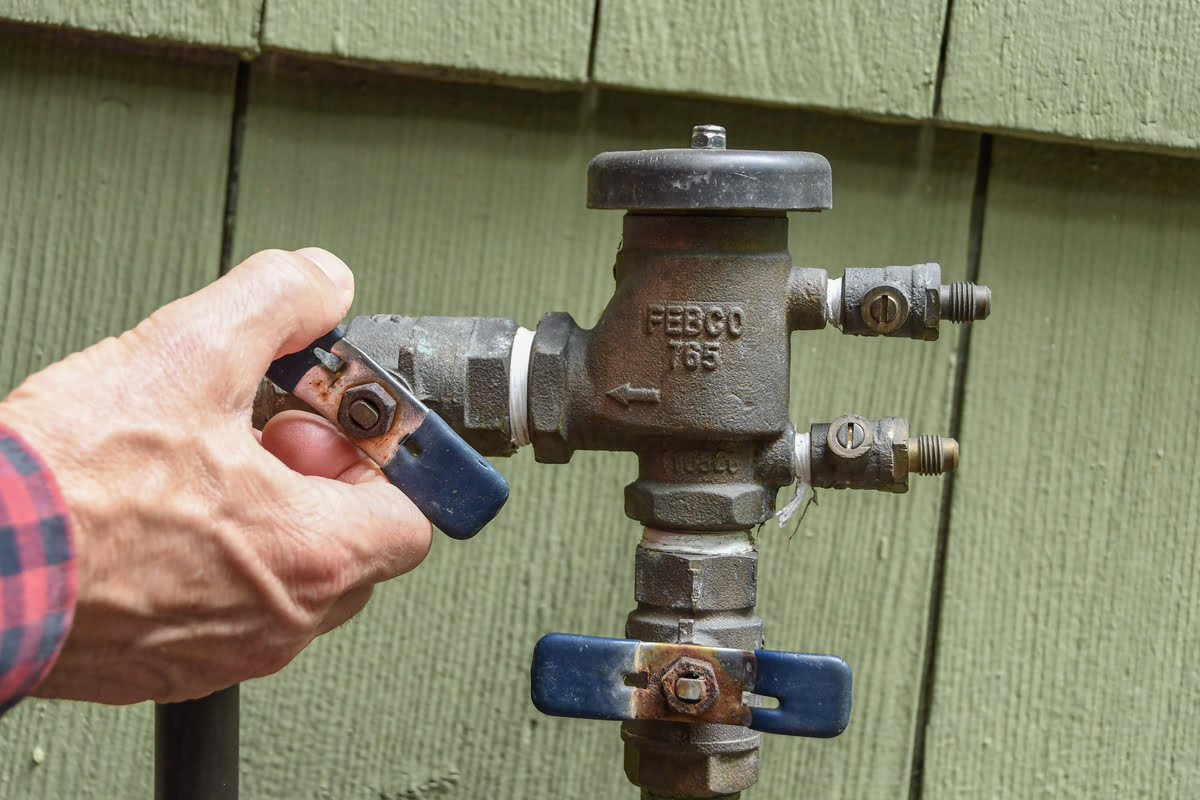Home>Gardening Tips and Tricks>Problem Solving>How To Find Leak In Irrigation System
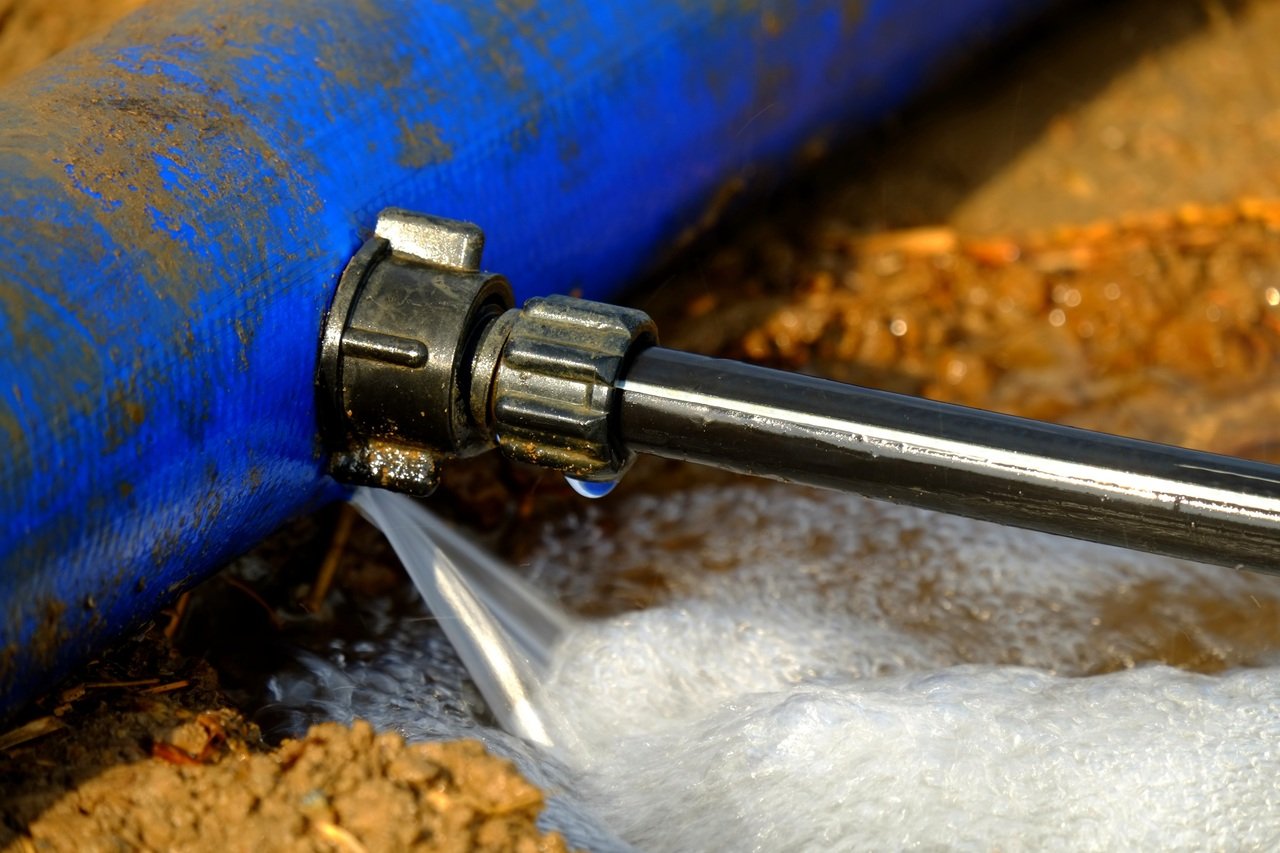

Problem Solving
How To Find Leak In Irrigation System
Published: November 14, 2023
Learn problem solving techniques to easily find leaks in your irrigation system and ensure efficient water usage. Discover step-by-step methods and tools to fix the issue.
(Many of the links in this article redirect to a specific reviewed product. Your purchase of these products through affiliate links helps to generate commission for Chicagolandgardening.com, at no extra cost. Learn more)
Table of Contents
Introduction
Maintaining an efficient irrigation system is crucial for ensuring the health and vitality of your landscape. However, leaks can often go unnoticed and cause significant damage to your irrigation system, leading to water waste and potential landscape damage. Identifying and fixing leaks in your irrigation system is vital not only for reducing water consumption and saving money on utility bills but also for preserving the environment. In this article, we will provide you with a step-by-step guide on how to find and repair leaks in your irrigation system.
Identifying a leak in your irrigation system can be challenging since the water may not always surface at the exact location of the leak. It requires careful observation, patience, and the proper tools to pinpoint the source accurately. By following our guide, you will have the knowledge and tools necessary to detect and fix leaks effectively, preventing further damage and water waste.
Leak detection is a crucial step in the maintenance of your irrigation system. Not only will it help you save water and money, but it will also extend the life of your system and prevent costly repairs down the line. So, let’s dive into the process of finding and repairing leaks in your irrigation system and take the necessary steps to ensure its optimal performance.
Common Signs of a Leak in an Irrigation System
Detecting a leak in your irrigation system is crucial for preventing water waste and damage to your landscape. Here are some common signs that may indicate a leak in your system:
- Unusual plant growth: If you notice areas of your landscape that are significantly greener or lusher than the surrounding areas, it could be a sign of a hidden leak. Leaking water can provide excess moisture to certain areas, causing plants to grow faster and more vigorously.
- Pooling water or soggy areas: Puddles of water or constantly wet spots in your yard, even when it hasn’t rained, can indicate a leak in your irrigation system. These areas may feel soft or spongy underfoot and can be a breeding ground for mold and pests.
- Inconsistent water pressure: If you notice a decrease in water pressure from the sprinkler heads or irregular water flow, it could be due to a leak in the system. Leaks cause water to divert from its intended path, resulting in uneven water distribution.
- Unexplained increase in water usage: A sudden spike in your water bill without an apparent reason can be a strong indication of a leak in your irrigation system. Monitoring your water usage regularly can help you identify any significant changes or abnormalities.
- Audible water hissing or bubbling: If you hear unusual sounds, such as hissing or bubbling, coming from your sprinkler system even when it is turned off, it likely indicates a leak. This noise is caused by water escaping from the pipes or fittings.
It is essential to be vigilant and proactive in identifying these signs as early as possible. Ignoring a leak can lead to significant water waste and potential damage to your landscape. By paying attention to these common signs, you can take appropriate measures to locate and repair the leak in your irrigation system. In the next section, we will discuss the necessary preparations you need to make before starting the leak detection process.
Preparing for the Leak Detection Process
Before you begin the leak detection process, it is crucial to ensure that you are well-prepared. Taking the time to gather the necessary tools, equipment, and information will make the process smoother and more efficient. Here are some steps to help you prepare:
- Review your irrigation system layout: Familiarize yourself with the layout of your irrigation system. This will allow you to have a better understanding of the pipes, valves, and other components, making it easier to identify potential areas for leaks.
- Turn off the water supply: Before starting the leak detection process, it is essential to turn off the water supply to your irrigation system. This will prevent any additional water from entering the system during the detection and repair process.
- Inspect the water meter: Check your water meter before and after turning off the water supply to your irrigation system. If the meter continues to run even when the water supply is off, it indicates the presence of a leak.
- Observe the system during operation: Before beginning the leak detection process, it can be helpful to observe your irrigation system in operation. This will allow you to identify any obvious issues, such as spraying water or pooling, that may indicate a leak.
- Gather necessary tools and equipment: Collect the tools and equipment you will need for the leak detection process. This may include a shovel, trowel, pipe wrench, pressure gauge, leak detection dye, and a valve locator. Having these tools readily available will make the process more efficient.
- Have a system diagram or map: If possible, obtain a system diagram or map of your irrigation system. This will give you a visual representation of the layout, including the location of pipes, valves, and other components, which can help in identifying potential leak points.
By adequately preparing for the leak detection process, you will have a clear understanding of your irrigation system and be equipped with the necessary tools and information. This will enable you to approach the detection process with confidence and increase the chances of successfully locating and repairing any leaks. In the next section, we will outline the tools and equipment you will need for the leak detection process.
Tools and Equipment Needed
To effectively detect and locate leaks in your irrigation system, it is essential to have the right tools and equipment on hand. Here are some of the key items you will need:
- Shovel: A sturdy shovel will be necessary for digging up the soil around potential leak areas. It will help expose the pipes and fittings for closer inspection.
- Trowel: A small trowel is useful for carefully excavating soil around delicate components of the irrigation system, such as sprinkler heads or drip emitters.
- Pipe Wrench: A pipe wrench is necessary for loosening and tightening pipe connections. It allows you to disconnect and reassemble pipes and fittings during the inspection and repair process.
- Pressure Gauge: A pressure gauge helps you measure the water pressure within the irrigation system. Monitoring the pressure is crucial for identifying any irregularities that may indicate a leak.
- Leak Detection Dye: Leak detection dye is a useful tool for identifying small leaks that are not visible to the naked eye. By adding a small amount of dye to the irrigation system, you can visually trace the path of the leak.
- Valve Locator: A valve locator is essential for finding buried or hidden valves in your irrigation system. It uses electromagnetic signals to help locate the exact position of the valve, making it easier to shut off specific sections of the system.
In addition to these specific tools, it is also helpful to have a notepad and pen to take notes and document your findings during the leak detection process. This documentation will allow you to reference the information later and keep track of any repairs or adjustments made.
Having these tools and equipment readily available will streamline the leak detection process. You will be equipped to inspect, test, and repair your irrigation system efficiently and effectively. In the following section, we will provide you with a step-by-step guide to finding a leak in your irrigation system.
Step-by-Step Guide to Find a Leak in Your Irrigation System
Locating a leak in your irrigation system can be a meticulous process, but by following a step-by-step approach, you can increase your chances of success. Here is a guide to help you find a leak in your irrigation system:
- Inspect visible components: Start by visually inspecting the visible components of your irrigation system, such as sprinkler heads, valves, and pipes. Look for any signs of damage, such as cracks, breaks, or loose connections.
- Check for wet areas: Walk around your landscape and look for any wet spots or pooling water. These areas may indicate a leak, so take note of their location.
- Turn on one zone at a time: To narrow down the search area, turn on one irrigation zone at a time. Observe the sprinkler heads, pipes, and fittings in that zone for any signs of leaking water or spraying outside the intended area.
- Use a pressure gauge: Connect a pressure gauge to a hose bib or an outdoor faucet. This will allow you to monitor the water pressure in your irrigation system. A significant drop in pressure may indicate a leak downstream from the gauge.
- Use leak detection dye: If you suspect a hidden leak, add a small amount of leak detection dye to the irrigation system. Run the system for a few minutes, and then carefully inspect the areas where the dye appears. This will help you trace the path of the leak.
- Listen for hissing or bubbling sounds: Turn off all sources of noise and listen carefully near the pipes, valves, and fittings of your irrigation system. If you hear hissing or bubbling sounds, it may indicate the presence of a leak in that area.
- Dig up suspicious areas: If you have identified a potential leak area, use a shovel or trowel to carefully dig up the soil around the suspected location. Examine the pipes, fittings, and connections for any signs of damage, such as cracks, breaks, or moisture.
- Re-test after repairs: If you find and repair a leak, it is essential to re-test your irrigation system to ensure the issue has been resolved. Run each zone one at a time and observe for any additional leaks or irregularities.
By following these step-by-step instructions, you will be able to systematically search for and locate leaks in your irrigation system. Remember to take your time and be thorough in your inspection. Once you have found a leak, it’s time to patch and repair it, which we will discuss in the next section.
Patching and Repairing the Leak
Once you have successfully located a leak in your irrigation system, it is crucial to patch and repair it promptly. Here’s a step-by-step process for repairing a leak in your irrigation system:
- Turn off the water: Before beginning any repairs, make sure to turn off the water supply to your irrigation system. This will prevent water from flowing into the area you are working on.
- Clean the area: Remove any dirt or debris from around the leak area. This will ensure a clean surface for proper sealing and repair.
- Assess the damage: Depending on the type and severity of the leak, you might need to replace a damaged pipe, fitting, or sprinkler head. Inspect the affected area to determine the necessary repairs.
- Replace damaged components: If necessary, replace any damaged or worn-out components. This may involve cutting out the damaged section of pipe and replacing it with a new piece, or replacing the faulty sprinkler head or fitting.
- Use appropriate sealing material: When repairing pipes or fittings, make sure to use an appropriate sealing material, such as pipe dope or thread tape, to ensure a watertight seal.
- Tighten fittings: Secure all fittings and connections tightly to prevent any future leaks. Use a wrench or pliers to snugly tighten the connections without overtightening.
- Test the repair: Once the repairs are complete, turn the water supply back on and test the repaired section. Check for any new leaks or irregularities in the water flow.
- Monitor the system: After the repair, monitor your irrigation system for a few days to ensure that the leak is fully resolved. Keep an eye on water usage, water pressure, and any signs of new leaks.
It is essential to address leaks promptly and effectively to prevent further damage to your irrigation system and conserve water. If you are not comfortable or confident in making the repairs yourself, consider contacting a professional irrigation technician who can help you fix the issue.
Remember, regular maintenance and inspection of your irrigation system can help prevent future leaks. Implementing good watering practices, such as avoiding overwatering and adjusting sprinkler heads, can also contribute to the longevity and efficiency of your system. In the next section, we will provide you with some tips for preventing future leaks in your irrigation system.
Tips for Preventing Future Leaks in Your Irrigation System
Prevention is key when it comes to maintaining an efficient and leak-free irrigation system. By taking a proactive approach to system care, you can minimize the risk of future leaks and prolong the lifespan of your irrigation system. Here are some helpful tips to prevent future leaks:
- Regular inspections: Conduct regular inspections of your irrigation system to check for any signs of wear and tear, such as cracks, leaks, or damaged components. Addressing these issues early on can prevent them from worsening over time.
- Proper installation: Ensure your irrigation system is installed correctly by following manufacturer guidelines and enlisting the help of professionals if needed. Proper installation helps prevent future leaks caused by loose connections or faulty setup.
- Avoid over-pressurization: Excessive water pressure can put stress on the pipes and fittings of your irrigation system, leading to leaks. Use a pressure regulator or gauge to monitor and maintain the optimal water pressure for your system.
- Use high-quality materials: Invest in high-quality pipes, fittings, and sprinkler heads that are designed to withstand the elements and frequent use. Quality materials will be more durable and less prone to leaks and breakage.
- Practice water-efficient habits: Overwatering can cause damage to your system and increase the risk of leaks. Follow watering guidelines and adjust your irrigation schedule based on weather conditions and the needs of your landscape.
- Protect pipes from freezing: In colder climates, protect your irrigation system from freezing temperatures by properly insulating exposed pipes. Freezing water can expand and cause leaks or pipe bursts.
- Invest in a rain sensor: Installing a rain sensor to your irrigation system can prevent unnecessary watering during rainy periods. This helps reduce the risk of overwatering and potential damage to your system.
- Maintain proper drainage: Ensure that your system has adequate drainage to prevent water buildup around the pipes and fittings. Standing water can lead to corrosion and increased pressure, increasing the risk of leaks.
By following these preventive measures, you can reduce the likelihood of future leaks and ensure the long-lasting performance of your irrigation system. Regular maintenance, proper watering practices, and attention to potential issues will help you conserve water and save money on repairs. As a responsible homeowner, it’s essential to prioritize the care and maintenance of your irrigation system.
Conclusion
Maintaining a leak-free irrigation system is essential for the health of your landscape, as well as for water conservation and cost savings. By being proactive in identifying and repairing leaks, you can prevent unnecessary water waste and potential damage to your property. The step-by-step guide provided in this article has equipped you with the knowledge and tools necessary to find and fix leaks in your irrigation system.
Remember to regularly inspect your system, monitor water usage, and take immediate action if you notice any signs of leaks. By practicing good watering habits, such as avoiding overwatering and adjusting sprinkler heads, you can further prevent leaks from occurring. Regular maintenance and proper installation of high-quality materials are also key factors in ensuring a leak-free irrigation system.
Overall, being proactive in leak detection and repair not only benefits your landscape and saves water but also contributes to environmental conservation. By taking the necessary steps to maintain a leak-free irrigation system, you can enjoy a beautiful and thriving landscape while minimizing water waste.
